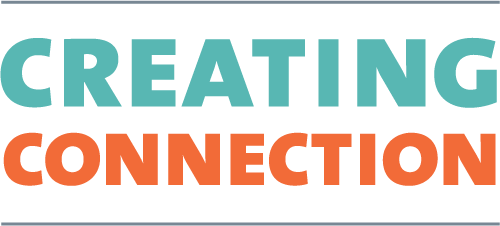Creative Expression
When seeking to engage new audiences or stakeholders in your activities, we recommend using “creative expression,” “creativity",” or “creative experiences” instead of “arts and culture.”
Our research found that creative expression is a more resonant term because creativity is broadly defined—it can include everything from problem-solving at home or at work to the inspiration that results in the creation of art. Conversely, “arts and culture” is perceived by the public as narrower in scope, encompassing “fine arts” and “high art”, but not as likely to include some of the everyday activities that would fit under the label “creativity.”
Both terms – creative expression and arts and culture – can eventually lead to a conversation about the benefits of arts and culture in our lives and communities. But a “creative expression” lens will expand participation in that conversation.
It is important that everyone have the opportunity to…
Percent of Americans who “Strongly Agree” with this statement. Source: Creating Connection: Research Findings and Proposed Message Framework to Build Public Will for Arts and Culture. Arts Midwest and Metropolitan Group, 2015.
What’s next: 4 tips for getting creative
Tips and tricks for using “creative expression” in place of or in addition to “arts and culture.”
Mix it up: Don’t feel limited to “creative expression” in every context. Creativity and creative experiences are also considered welcoming terms.
Avoid jargon: Think about other ways in which your language choices may feel inclusive or exclusive. When trying to appeal to new audiences who may not be familiar with your organization, avoid jargon and do not assume that those audiences will recognize or gravitate toward specific artists or artworks.
Embrace your inner creative: Many people who do not formally define themselves as artists still enjoy engaging in creative activities. Use our Programming for connection guide to brainstorm how you can inspire your community to engage in creative activities in and outside of your organization.
Get inspired: See how organizations across the country are using the language of creativity to broaden access to and engagement in their programs.
Featured Success Story
The City of San Jose Office of Cultural Affairs is committed to making creativity accessible and integral to everyday life in their community. So they've created new programs, social media campaigns, and place-based opportunities for creative expression and connection. Read on for how this program is inviting the whole community to express themselves.


